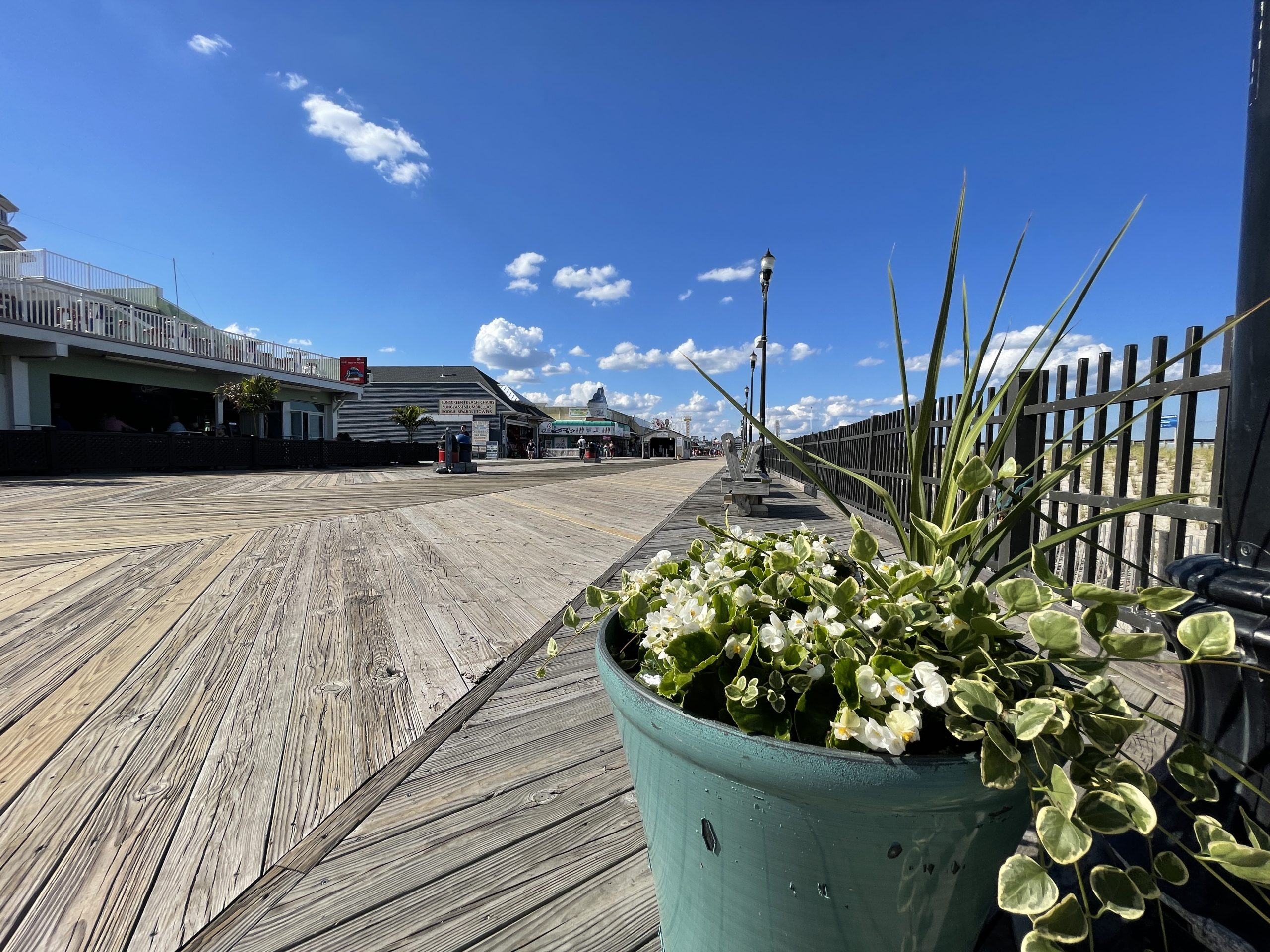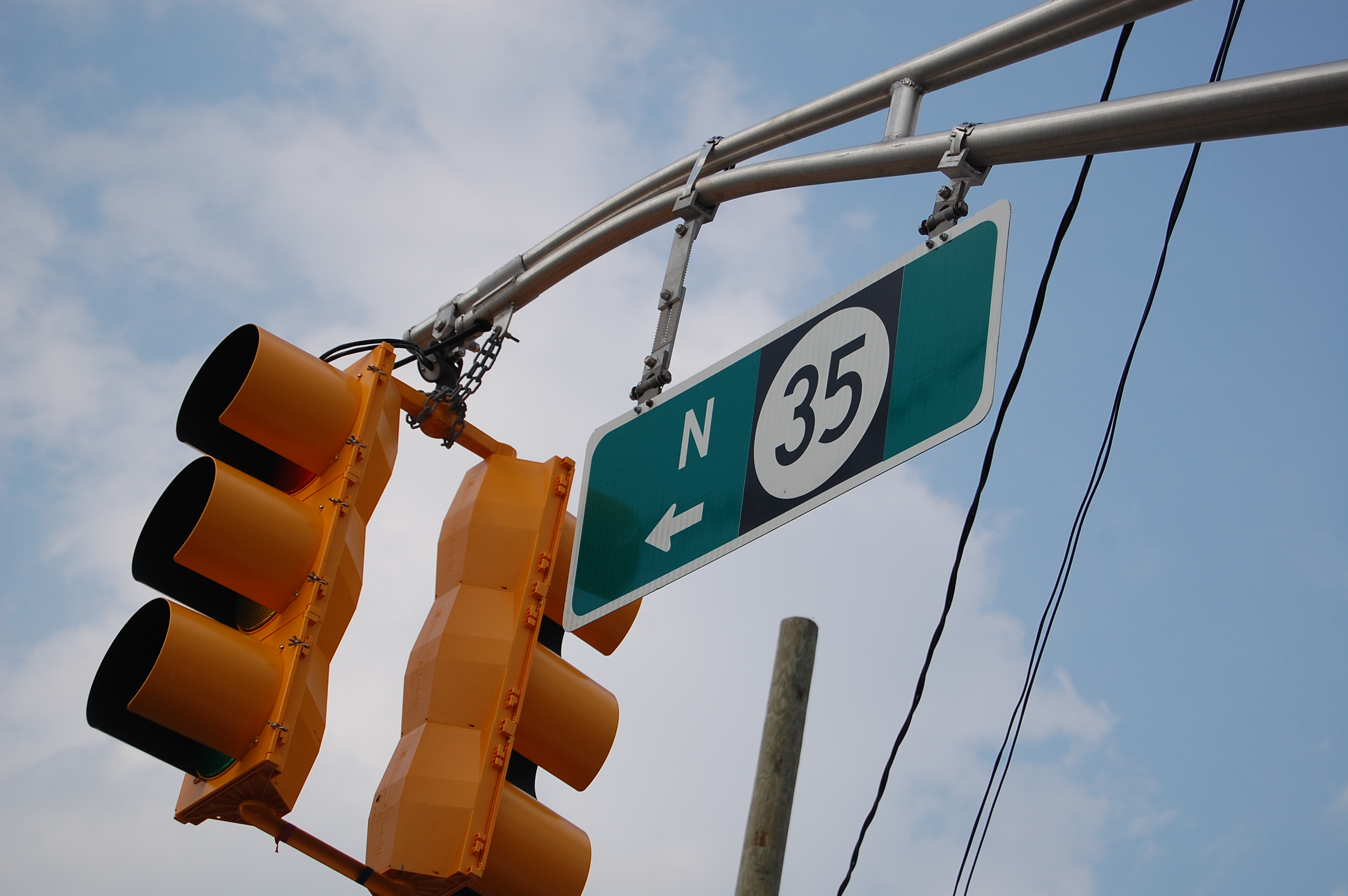A beach renourishment project that is expected to commence in early 2023 will deliver extra sand to portions of local beaches that suffered disproportionate erosion since the completion of an initial replenishment effort several years ago.
The renourishment project has yet to be put out to bid, but is expected to be advertised soon with a start date early in 2023. The project will then last about a year, and renourish sand between Point Pleasant Beach and South Seaside Park. The protective dune built as part of the major replenishment project has fared particularly well in northern Ocean County, bolstered north of Toms River by an underground sea wall. But the beach berm – the portion of the beach on which sunbathers set up their chairs and towels – eroded to an extent larger than engineers had planned in some areas. In Brick, the Normandy Beach section, especially around 8th Avenue, saw enough erosion to merit a closure by Brick Township police after high tide cycles presented a safety hazard. Ortley Beach also experienced the closure of some entrances following a spring storm system, as well as erosion, necessitating the importation of fresh sand by truck.
In many circumstances, as illustrated in the video footage embedded in this story, waves and currents can pull close to the beach entrance, leaving no room for public access. Officials with the U.S. Army Corps of Engineers Philadelphia district, which holds jurisdiction over Ocean County, said areas in need will be studied by engineers before the renourishment specifications are drawn up, with additional sand expected to be pumped onshore compared with the initial project.
“For the upcoming periodic nourishment, we will be placing sand across most of the project area with a focus on the areas that have experienced the most erosion,” said Stephen Rochette, public affairs officer for the Philadelphia district. “In this sense, it will be somewhat different than the initial construction.”
The upcoming renourishment project will appear outwardly similar to the initial project. Sand will be vacuumed using a dredge boat from approved “donor sites” a few miles offshore, then propelled through a network of pipes to the beachfront. There, crews will follow engineering plans to disperse the sand with tractors and build out the beach berm.
“We attempt to mimic the natural slope as closely as possible knowing that Mother Nature reworks the nearshore area relatively quickly,” said Rochette. “Some of our other beachfill projects in New Jersey are much older (decades in some cases) than the Barnegat Peninsula project so we know that it often takes multiple nourishments to provide for more stable beaches.”
Municipalities will pay a portion of the cost of renourishing beaches. Some towns, such as Toms River, have announced their portions. Brick has not, thus far, but Toms River’s portion was set at $1.9 million, Seaside Heights was set at about $700,000 and Seaside Park’s share was calculated to be about $300,000. A group of local mayors appealed to the state government, flush with billions in pandemic and infrastructure funds distributed by the federal government, to contribute to the project given that beaches are used by visitors from across the state. The request was denied, however sources have told Shorebeat that a partnership with Ocean County may cover a portion of the ultimate obligation.
Regardless of the financing of the project, it is assured that local “trouble spots” will receive significant priority in the renourishment project. In addition to Normandy Beach, the Ortley Beach section of Toms River, as well as portions of Bay Head, have experienced the lion’s share of local erosion.
“There are typically recurring ‘hot spots’ with significant erosion potential on all of our projects,” said Rochette, which will be addressed in the impending contract specifications.

Advertisement

Seaside Heights & Seaside Park
Stockton Avenue Roadwork, Removal of Old Water Main, to Begin Next Week in Seaside Park

Police, Fire & Courts
Cops: Juvenile Arrested After 118mph Joy Ride in Seaside Heights, Toms River Kills 2

Police, Fire & Courts
Ocean County Sheriff Establishes Drone Command Center in Seaside Heights Amid New Video








